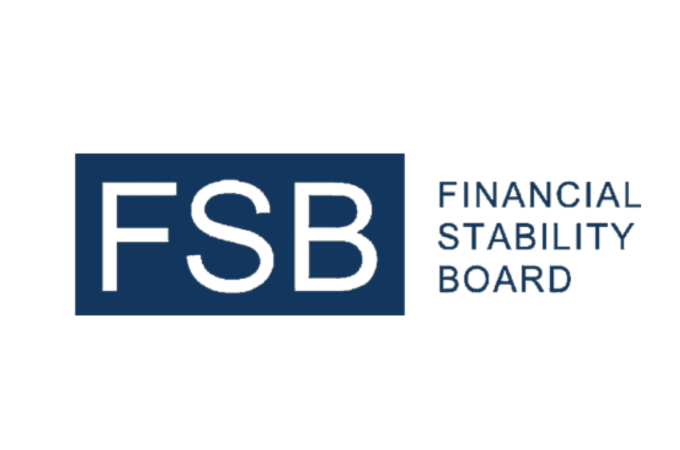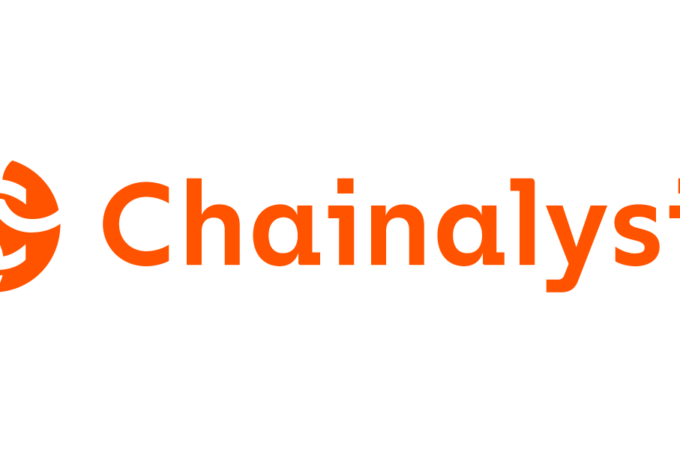
The Online Bank Insurgency Of 2020
via Forbes
They say Nero fiddled while Rome burned, and that may be an apt analogy for today’s banks.
According to a study from Cornerstone Advisors, just 20% of bank executives think online (or digital) banks are a significant competitive threat.

Competitive Threats SOURCE: CORNERSTONE ADVISORS 2020 WHAT’S GOING ON IN BANKING STUDY
They might want to rethink that.
A July 2020 survey of US consumers from Cornerstone Advisors found that 14.2 million Americans—6% of US adults with a checking account—now consider a digital bank to be their primary bank—a 67% jump from January 2020.
Chime leads the fintech pack with more than 4.3 million consumers calling it their primary bank, followed by Dave with just shy of 3 million primary bank customers.

Digital Banks’ Primary Customers SOURCE: CORNERSTONE ADVISORS
To put that in perspective, based on number of primary bank customers, Chime is now a top 10 bank in the US.

Number of primary bank customers SOURCE: CORNERSTONE ADVISORS
These numbers don’t even account for all of these fintech firms’ customers.
According to Cornerstone’s study, 35% of Americans have two or more checking accounts. Among those consumers, 15% call an online bank’s account their secondary account.

Digital banks as secondary bank SOURCE: CORNERSTONE ADVISORS
Winners and Losers in the Online Bank Insurgency
Among US consumers who opened a checking account during the spike of the Coronavirus crisis, 18% did so with a digital bank. That’s up from the 6% who last opened an account two to three years ago.

Type of FI Selected SOURCE: CORNERSTONE ADVISORS
Digital bank founders love to talk about how dissatisfied consumers are with the big banks. Someone needs to tell the consumers.
While the digital banks made huge gains in primary bank status during the first half of 2020, they’ve done so predominantly at the expense of community banks and credit unions.
Combined, these latter two categories of financial institutions accounted for just 10% of checking accounts opened in Q2 2020— down from 28% of those who opened their last account three or more years ago.
Among the large banks, JPMorgan Chase and Wells Fargo both saw a 7% decline in their number of primary customers. The numbers at Bank of America, however, are through the roof. Since January, the bank has added nearly 9 million new primary bank customers—a 21% increase.
Online Bank Demographics
Not surprisingly, digital bank customers are younger than customers of other types of financial institutions. Surprisingly, perhaps, is that only a little more than half of the consumers that call a digital bank their primary bank are under the age of 40.

Age Composition by Type of Primary FI SOURCE: CORNERSTONE ADVISORS
This might sound like a good thing, but there are two downsides to this demographic trend:
- Less money in the account. Among megabank customers, about half typically have $1,000 or more in their account on a monthly basis. In contrast, among digital bank customers, 45% have less than $100 and just 20% keep $1,000 or more.
- Higher unemployment rates. One in five digital bank customers is unemployed (about half lost their job as a result of the Coronavirus crisis). In contrast, just 10% of megabank customers are unemployed.
Regardless of age, digital banks face another demographic challenge: Just 25% of their customers have a Bachelor’s degree or higher, compared to 47% of megabank customers.
The Online Bank Insurgency of 2020
Banks have been patting themselves on their backs recently, telling themselves that the Coronavirus crisis has helped them accelerate their digital transformation.
It’s giving them false confidence.
The crisis forced many consumers to rely on digital channels to transact and interact with their current banks. It’s made them aware that: 1) they don’t need branches, and 2) banks’ and credit unions’ digital offerings have shortcomings (if you need proof of that, check out this analysis).





